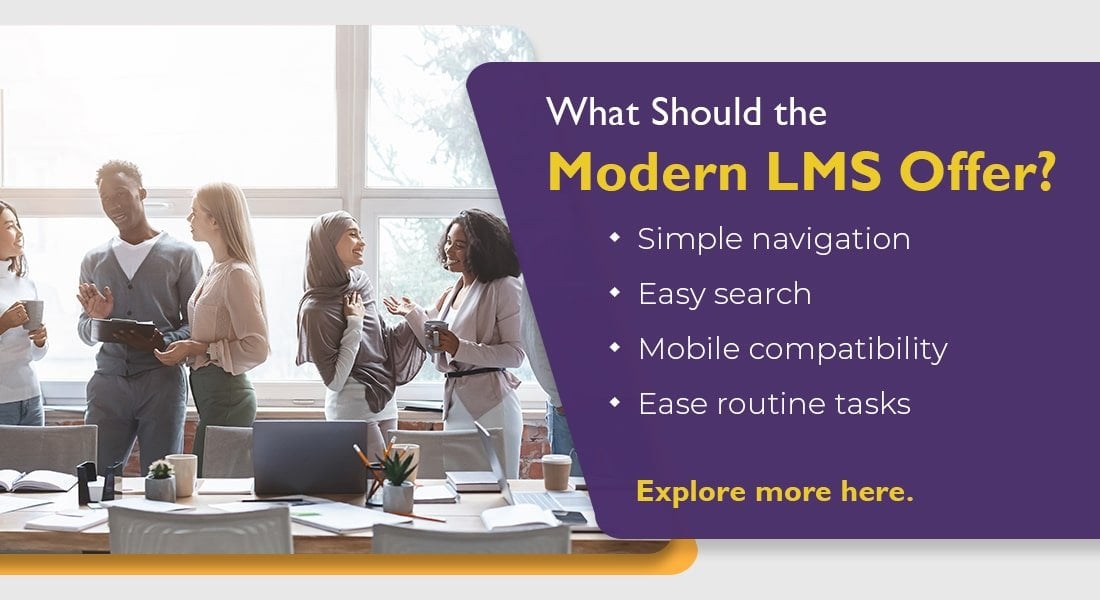Want to Elevate Customer Training? Consider an LMS! [Infographic]
![Want to Elevate Customer Training? Consider an LMS! [Infographic] Want to Elevate Customer Training? Consider an LMS! [Infographic]](https://blog.commlabindia.com/hubfs/blogs/lms-role-customer-training-info.jpg)
In the face of a constantly evolving business environment and the significant issue of customer attrition, organizations are acknowledging the importance of efficient customer training. The act of educating customers has become crucial for attaining long-term prosperity. And Learning Management Systems (LMSs) are indispensable platforms for organizations aiming to educate their customers.
What is a Customer Training LMS?
A customer training Learning Management System (LMS) is essential for educating customers about your products and services effectively. For instance, if a customer needs to learn how to utilize your tech suite efficiently, you can provide targeted training through your LMS platform.
How can an LMS Help with Customer Training?
1. Centralized Content Management
- Customers benefit from having all training materials, such as product tutorials, FAQs, and user guides, accessible in one centralized location within the LMS.
- This centralized repository ensures easy navigation and quick access to relevant information, improving the overall learning experience for customers.
2. Scalability
- An LMS allows businesses to expand their customer training program effortlessly as their customer base grows.
- Whether onboarding new customers or adding advanced training modules, the LMS accommodates a large number of users without compromising the quality of training delivery.
3. Personalization
- With an LMS, businesses can customize training content to address the specific needs, preferences, and skill levels of individual customers.
- Personalized learning paths and targeted content recommendations enhance engagement and ensure that customers receive relevant training tailored to their requirements.
→ Download Now: LMS for Your Extended Enterprise [eBook]
4. Tracking and Reporting
- LMS platforms provide detailed insights into customer training progress, including completion rates, quiz scores, and participation levels.
- Businesses can use these tracking and reporting features to assess customer performance, identify knowledge gaps, and refine training strategies accordingly.
5. Self-paced Learning
- Learners appreciate the flexibility of self-paced learning offered by an LMS, allowing them to access training materials at their convenience.
- Self-paced learning empowers customers to learn at their own speed, review content as needed, and accommodate their busy schedules without feeling rushed.
6. Certification and Compliance
- For industries with certification or compliance requirements, an LMS streamlines the delivery of training programs and ensures that customers meet regulatory standards.
- Businesses can track customer progress, monitor completion of mandatory training modules, and issue certifications or compliance badges directly through the LMS platform.
What to Look for in a Customer Training LMS?
Wrapping it up!
Customer training is key to driving long-term success. By leveraging the power of LMS, organizations can empower their customers with the knowledge and skills they need to thrive. Through the robust capabilities of an LMS, organizations can cultivate a culture of learning that not only reduces churn but also fosters loyalty and strengthens relationships. As we wrap up, let's remember that investing in customer education is an investment for the future. Unlock the potential of your customer training initiatives with insights and strategies from our comprehensive eBook. Dive deeper and discover how LMS can propel your organization forward.





![5 Tips to Choose the Right eLearning Translation Vendor [Infographic]](https://blog.commlabindia.com/hubfs/Imported_Blog_Media/elearning-translation-vendor-selection-tips.png)
![6 Questions to Get the Right Feedback on Training [Infographic]](https://blog.commlabindia.com/hubfs/Imported_Blog_Media/6-questions-to-get-right-feedback-on-online-training-infographic.jpg)
